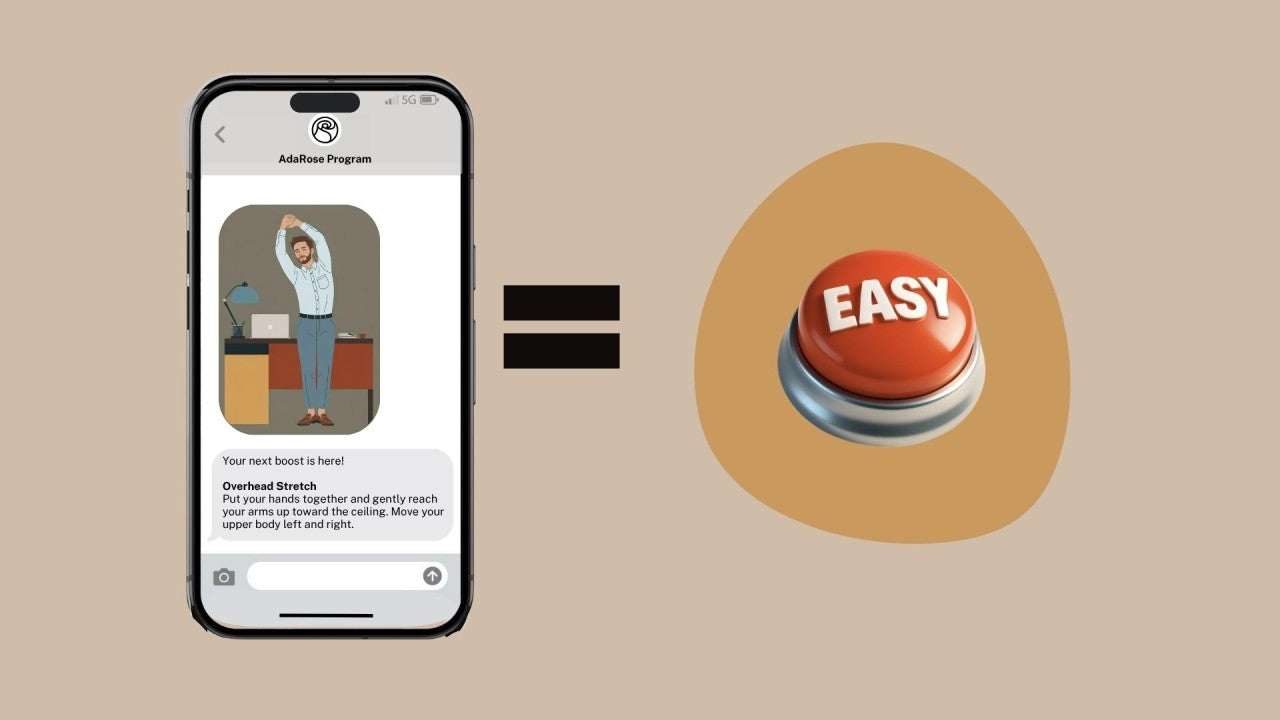Have you ever worked in or visited a space that put your mind at ease? Perhaps the walls were painted a soothing color such as light-blue, plants livened up the space, and there was plenty of natural light.
If so, there's a good chance you've experienced the benefits of biophilic design, a workplace wellness trend that uses elements of nature to make people feel calm and balanced both mentally and physically.
As a healthy living and wellness craze that's gaining traction, biophilic design has been shown to help activate the parasympathetic nervous system. This is the part of our bodies that's all about "resting and digesting," meaning it can help to promote relaxation, productivity, and clear thinking.
What Is Biophilic Design?
Biophilic design (or BD) is an architectural approach that mimics nature in order to promote a healthy, anti-stress response.
As Fast Company describes this trend, it "centers on the idea that the great indoors should mimic the great outdoors to improve people’s lives."
BD is used in places such as offices and healthcare settings to positively influence people's moods and cognitive capabilities, including by lowering the release of "stress hormones," such as cortisol.
What does a BD space look like?
Did you know that most adults spend about 90% of their waking hours indoors? Yet we all have a natural inclination to spend time outside in nature. This is where BD comes in: it can help us feel more connected to Mother Nature even when we're stuck inside four walls for work or other reasons.
A space created with biophilic design in mind will usually feature:
-
Colors such as greens, blues, earth tones, and pinks that mimic natural features like water, soil, trees, and sunsets.
-
A variety of plants, considering that plants and "green spaces" are known to tone down people's response to stress.
-
Certain types of glass and marble, such as "cloudburst" countertops and ribbed glass. These help to reflect and filter light in a way that supports healthy energy levels.
-
Uniquely shaped desks, chairs, and other furniture, most of which feature curved lines and smooth shapes. These kinds of shapes mimic the complex and diverse shapes we'd find in nature, as opposed to the rigid right angles and straight lines that are used in many traditional office buildings.

Featured above: A beautiful lounge area at a Parsley Health flagship office.
Here’s one real-life example to get you inspired by the possibilities of biophilic design: Parsley Health—the nation’s leading holistic primary care practice—designed their flagship offices in Los Angeles and NYC using biophilic principles in order to help both their employees and patients feel calmer.

This image above is of the reception at the Parsley Health NYC office - plenty of plants, earth tones, and textures inspired by nature.
Both of Parsley’s office spaces feature white, light blue, and beige walls, wooden floors, gold accents, plenty of green plants, natural fabrics that draw inspiration from nature, and loads of light filtering in from large windows. One of Parsley's main goals was to establish a warm and welcoming environment where top-notch healthcare and wellness come together.
Benefits of Biophilic Design
While some public spaces—especially traditionally-designed offices with white, bare walls and cubicles—can look dull or leave people feeling claustrophobic, BD spaces tend to have the opposite effect. They're known to be uplifting and may even produce longer-term benefits tied to sleep quality and healing.
As one design-focused publication put it: "The fundamental goal of biophilic design is to create good habitats for people as biological organisms inhabiting modern structures, landscapes, and communities."

Parsley Health is at the intersection of wellness and healthcare, outfitted with a kitchen featuring elements of biophilic design.
Here are some of the main benefits of biophilic design:
1.) Grounding and relaxing
As mentioned above, these spaces are intentionally designed to activate the parasympathetic nervous system, which can help you to feel less wound up. If you find yourself feeling overwhelmed or frazzled in busy or traditional offices, chances are you'd respond better to the low-stress environment of a BD space.
2.) Supports healthy circadian rhythms and sleep
Employees working in BD spaces are usually encouraged to take breaks often, especially from staring at screens, in order to give their minds a chance to rest and recoup.
Screens and indoor lighting are also commonly filtered to help establish healthy circadian rhythms, our "internal clocks" that regulate when we feel sleepy and alert. The goal is to allow our eyes to be exposed to light in a way that supports our bodies' natural rhythms instead of disturbing them.
3.) Enhances focus and cognitive performance
People working in BD spaces often report feeling more productive and creative, likely as a result of feeling less stressed and having more access to the outdoors and natural light (both of which tend to improve our moods). Research suggests that this can translate to better overall employee satisfaction, and possibly offer benefits for employees and employers alike, such as fewer sick days and less turnover.





